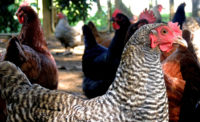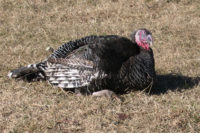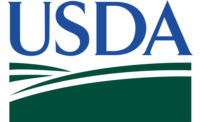“When there were outbreaks in the past, we have seen concerns rise among consumers coinciding with the increased coverage,” says Darren Seifer, NPD food and beverage industry analyst. “Food manufacturers and retailers can help allay unfounded fears about the outbreak by keeping consumers well-informed either specific to their products or overall.”
According to the United States Centers for Disease Control and Prevention (CDC), the risk from avian flu is generally low to most people, because the viruses do not usually infect humans.
More than 8 percent of the country’s 300 million-plus US layer hen population (about 39 million birds) have been affected by avian flu and died or were destroyed in 15 states as a result.
In Iowa, the outbreak has led the governor to declare a state of emergency since the virus has spread to 25 million, or 40 percent, of the state’s egg-laying hens. According to the Associated Press, the flu outbreak could end up costing Iowa and Minnesota—two of the hardest hit states—about $1 billion.
But food safety might not be the only concern consumers will have related to the outbreak. Since the deaths of millions of egg-laying hens, egg prices have surged throughout parts of the country. In its national egg review published last week, USDA reported jumbo-size egg prices are up 32 cents, while other sizes are from 16 to 32 cents higher.
Since December 2014, USDA officials have identified a number of cases of highly pathogenic avian influenza H5 in the Pacific, Central and Mississippi flyways. The disease has been found in wild birds and continues to spread in backyard and commercial poultry flocks across multiple states.
USDA’s Animal and Plant Health Inspection Service (APHIS) is working closely with the state boards of health on a joint incident response. According to APHIS, the HPAI H5N8 virus originated in Asia and spread rapidly along wild bird migratory pathways during 2014, including the Pacific flyway, where the virus mixed with North American avian influenza viruses, creating new mixed-origin viruses that are highly pathogenic to poultry.




